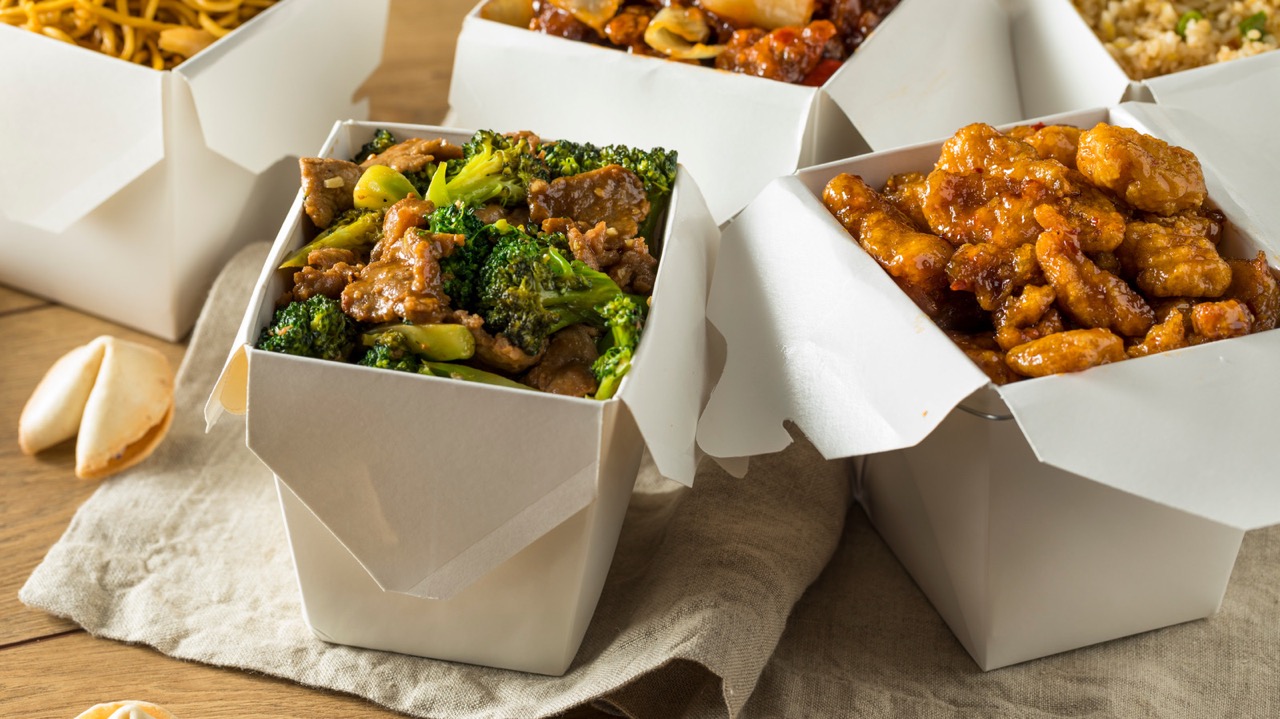

Articles
How To Store Leftover Chinese Food
Modified: May 6, 2024
Learn the best tips for storing leftover Chinese food in this informative article. Keep your delicious meals fresh and safe for future enjoyment.
(Many of the links in this article redirect to a specific reviewed product. Your purchase of these products through affiliate links helps to generate commission for Storables.com, at no extra cost. Learn more)
Introduction
Chinese cuisine is known for its rich flavors and diverse range of dishes. Whether you’re enjoying lo mein, kung pao chicken, or fried rice, chances are you’ll have some leftovers. But what’s the best way to store leftover Chinese food to ensure it stays fresh and safe to eat?
In this article, we’ll explore some simple yet effective tips for storing leftover Chinese food. From choosing the right containers to reheating techniques, we’ll cover everything you need to know to maximize the longevity and flavor of your leftovers.
So, whether you’re looking to save money by enjoying your favorite Chinese dishes for another meal or simply want to reduce food waste, let’s dive into the world of storing leftover Chinese food!
Key Takeaways:
- Properly storing leftover Chinese food is crucial for maintaining flavor and safety. Choose the right containers, refrigerate or freeze promptly, and follow food safety guidelines to enjoy delicious leftovers without compromising taste or risking your health.
- Label and date containers, reheat with care, and follow safety tips to maximize the enjoyment of leftover Chinese food. With proper storage and reheating techniques, you can savor those delicious flavors and reduce food waste at the same time.
Read more: How To Store Leftover Sushi
Storing Chinese Food Safely
When it comes to storing leftover Chinese food, safety is of utmost importance. Improper storage can lead to foodborne illnesses or the loss of flavor and texture. To ensure the safety and quality of your leftovers, follow these guidelines:
- Choose the Right Containers: Opt for airtight and food-grade containers to store your Chinese food. Avoid using containers made of plastic that may leach harmful chemicals into the food.
- Refrigerating Leftover Chinese Food: If you plan to consume the leftovers within a couple of days, refrigeration is the best option. Divide the food into smaller portions and store them in shallow containers to allow for quicker cooling.
- Freezing Leftover Chinese Food: If you want to extend the shelf life of your leftovers, freezing is the way to go. Use freezer-safe containers or wrap the food tightly in heavy-duty aluminum foil or freezer bags.
- Labeling and Dating Containers: Always label and date your containers to keep track of how long the leftovers have been stored. This will help you prioritize which leftovers to consume first and ensure you’re not keeping them beyond their safe consumption window.
- Reheating Leftover Chinese Food: Properly reheating your leftovers is crucial to maintain their taste and texture. Follow the specific reheating instructions for each dish and ensure that the food reaches a safe internal temperature of 165°F (74°C) to kill any harmful bacteria.
- Safety Tips for Leftover Chinese Food: Lastly, remember these essential safety tips for leftover Chinese food:
- Discard any leftovers that have been left at room temperature for more than two hours, as bacteria can quickly multiply in this temperature range.
- Avoid reheating the same portion multiple times, as each reheating cycle increases the risk of bacterial growth and reduces the food’s quality.
- If you’re unsure about the safety or quality of a leftover, it’s best to err on the side of caution and discard it.
By following these guidelines, you can enjoy your leftover Chinese food with peace of mind, knowing that it is stored safely and will taste just as delicious as when you first enjoyed it.
Choose the Right Containers
When it comes to storing leftover Chinese food, selecting the right containers is essential to maintain its freshness and prevent any cross-contamination. Here are some tips for choosing the right containers:
Use Airtight Containers: Opt for airtight containers that can prevent the entry of air and moisture, which can lead to spoilage. Look for containers with secure lids that create a tight seal to keep your Chinese food fresh for longer.
Choose Food-Grade Containers: Ensure that the containers you use are made of food-grade materials. Avoid using containers made of low-quality plastic, as they may leach harmful chemicals into the food. Instead, opt for BPA-free plastic, glass, or stainless steel containers.
Consider Portion Sizes: Divide your leftover Chinese food into smaller, individual-sized portions before storage. This allows for more convenient reheating and reduces the risk of bacterial growth. Additionally, smaller portions help to retain the flavors and textures of the food when reheated.
Prefer Shallow Containers: When storing leftover Chinese food in the refrigerator, choose shallow containers. Shallow containers promote faster and more even cooling, which helps prevent bacterial growth. It also allows the food to cool down more quickly, ensuring it spends less time in the temperature danger zone.
Label Your Containers: To keep track of your leftovers and ensure they are consumed within a safe time frame, label each container with its contents and the date it was stored. This allows you to prioritize which leftovers to consume first and reduces the risk of consuming expired food.
By following these tips and selecting the right containers, you can ensure that your leftover Chinese food stays fresh, flavorful, and safe for consumption. The right choice of containers plays a crucial role in maintaining the quality of the food and reducing the risk of foodborne illnesses.
Refrigerating Leftover Chinese Food
Refrigeration is one of the easiest and most common methods for storing leftover Chinese food. Properly refrigerated leftovers can stay fresh and safe to eat for a few days. Follow these steps for refrigerating your leftover Chinese food:
- Cool the Food: Allow your leftover Chinese food to cool down to room temperature before refrigerating. Placing hot food directly in the refrigerator can raise the internal temperature, potentially spoiling other items and compromising food safety.
- Divide into Portions: If you have a large portion of leftover Chinese food, divide it into smaller, individual-sized portions. This helps with even cooling and allows you to reheat only the portions you need later on.
- Use Shallow Containers: Opt for shallow, airtight containers to store your refrigerated leftovers. Shallow containers help the food cool down more quickly and evenly. Make sure to leave some headspace in the containers to accommodate any expansion that may occur during refrigeration.
- Label and Date: Label each container with the type of Chinese dish and the date of storage. This ensures that you can easily identify and consume the oldest leftovers first, reducing food waste.
- Place in the Fridge: Once properly portioned and labeled, place the containers of leftover Chinese food in the refrigerator. Keep them away from raw meats, seafood, and other items that could potentially spread bacteria or odors.
It’s important to note that refrigeration only extends the shelf life of leftover Chinese food for a limited time. Generally, it’s recommended to consume refrigerated leftovers within 3-4 days to ensure their freshness and safety. If you’re unable to consume them within this time frame, consider freezing them for longer-term storage.
By following these steps, you can safely store your leftover Chinese food in the refrigerator, ensuring it remains fresh, flavorful, and ready to enjoy for a few more days. Refrigeration helps preserve the quality and taste of the food while minimizing the risk of foodborne illnesses.
Freezing Leftover Chinese Food
Freezing is an excellent option for extending the shelf life of leftover Chinese food. When done correctly, freezing can preserve the flavors and textures of the food for an extended period. Follow these steps to freeze your leftover Chinese food:
- Cool the Food: Allow your leftover Chinese food to cool down to room temperature before freezing. Placing hot food directly in the freezer can raise the internal temperature and potentially impact the quality and safety of other items.
- Portion and Package: Divide your leftovers into individual or family-sized portions, depending on your needs. It’s best to package the food in a way that minimizes air exposure. For this, you can use airtight freezer-safe containers, heavy-duty aluminum foil, or freezer bags. Remove as much air as possible before sealing the packages to prevent potential freezer burn.
- Label and Date: Clearly label each package with the name of the dish and the date of freezing. This will help you easily identify and consume the oldest leftovers first.
- Place in the Freezer: Put the packaged leftovers in the freezer, ensuring they are stored upright and not overcrowded. Leave some space between the packages for proper air circulation to maintain the quality of the food.
It’s important to note that while freezing can help preserve the taste and texture of your Chinese food, it’s not a foolproof method. Over time, frozen food can still undergo some quality degradation, such as changes in texture or flavor. Therefore, it’s recommended to consume frozen leftovers within 2-3 months for the best quality.
When you’re ready to enjoy your frozen Chinese food, thaw it in the refrigerator overnight or use the defrost function on your microwave. Once thawed, follow the proper reheating instructions for each specific dish to ensure it is heated thoroughly and to the correct temperature.
By following these steps, you can safely freeze your leftover Chinese food and enjoy it at a later date. Freezing allows you to reduce food waste and have a convenient meal waiting for you whenever you’re craving some delicious Chinese cuisine.
Store leftover Chinese food in airtight containers to maintain freshness and prevent odors from spreading. Keep it in the refrigerator and consume within 3-4 days for best quality.
Read more: How To Store Leftover Nachos
Labeling and Dating Containers
When it comes to storing leftover Chinese food, proper labeling and dating of containers are essential. This practice not only helps you keep track of what you have in your fridge or freezer but also ensures that you consume your leftovers within a safe timeframe. Follow these guidelines for labeling and dating your containers:
- Clearly Label the Containers: Use a permanent marker or adhesive labels to clearly label each container with the name of the dish. This makes it easy to identify what’s inside without having to open every container.
- Date the Containers: Write the date of storage on each container. This allows you to easily determine how long the leftovers have been stored and prioritize which ones to consume first.
- Consider Using Color-coded Labels: To further organize your leftover Chinese food, consider using color-coded labels. Assign a specific color for each day of the week or for different types of dishes. This can help streamline your meal planning and make it easier to identify the freshness of the leftovers.
- Rotate your Leftovers: When storing new leftovers, place them behind the older ones to ensure you consume the oldest ones first. This practice, known as “first in, first out” (FIFO), helps prevent food waste and ensures that none of your leftovers go beyond their safe consumption window.
- Update Labels as Needed: If you transfer leftovers to different containers or combine different dishes, remember to update the labels with the new information and date. This ensures that the labels always reflect the accurate contents and storage time.
By labeling and dating your containers, you can maintain a well-organized and efficient leftovers system. It allows you to easily identify what’s inside each container and ensures that you consume your leftovers in a timely manner, reducing food waste and maximizing freshness.
Remember, while proper labeling and dating are helpful, it’s important to adhere to food safety guidelines. Always be aware of how long different types of Chinese dishes can be safely stored, and use your judgment to determine if any leftovers have surpassed their safe consumption period. When in doubt, it’s best to err on the side of caution and discard anything you’re unsure about.
By implementing these labeling and dating practices, you can enjoy your leftover Chinese food with peace of mind, knowing that you’re consuming it within the recommended timeframe for freshness and safety.
Reheating Leftover Chinese Food
When it’s time to enjoy your leftover Chinese food, proper reheating is crucial to ensure that it tastes as delicious as when it was freshly made. Here are some tips for reheating your Chinese leftovers:
- Use the Right Reheating Method: Different Chinese dishes require different reheating methods. Some can be reheated in the microwave while others may work best on the stovetop or in the oven. Check the specific reheating instructions for each dish to ensure you’re using the appropriate method.
- Avoid Overheating: Be cautious not to overheat your leftovers, as this can lead to dry or rubbery textures. Heat the food just until it is warmed through, as excessive reheating can result in a loss of flavor and overall quality.
- Reheat in Small Batches: If you have a large quantity of leftovers, it’s best to reheat them in smaller batches. This allows for more even heating and ensures that all portions reach the desired temperature.
- Add Moisture if Needed: If your reheated Chinese food appears dry, add a splash of water or broth to moisten it. This can help restore some of the original moisture and prevent the dish from drying out during reheating.
- Stir and Flip: Stir and flip the food periodically while reheating to distribute the heat evenly. This helps to ensure that all parts of the dish are heated consistently and prevents hot or cold spots.
- Check the Internal Temperature: To ensure the safety of your reheated Chinese food, use a food thermometer to check the internal temperature. Make sure it reaches at least 165°F (74°C) to kill any potential bacteria.
It’s important to note that some dishes, such as fried rice or noodle dishes, may not reheat as well as others due to the potential loss of texture. Consider adding a bit of moisture or sauce to these dishes to help revive the flavors and textures.
Lastly, only reheat the amount of Chinese food you plan to consume immediately. It’s not recommended to repeatedly reheat the same portion multiple times, as this can increase the risk of bacterial growth and compromise the quality of the food. Instead, reheat only what you’ll eat and store any remaining leftovers for future use.
By following these reheating tips, you can enjoy your leftover Chinese food with the same great taste and texture as when it was freshly made. Proper reheating is a key step in maximizing the enjoyment of your leftovers and reducing food waste.
Safety Tips for Leftover Chinese Food
When it comes to leftover Chinese food, following safety guidelines is essential to prevent foodborne illnesses and maintain the quality of the food. Here are some safety tips to keep in mind:
- Discard Room Temperature Leftovers: Any Chinese food that has been left at room temperature for more than two hours should be discarded. Bacteria can multiply rapidly in the temperature danger zone (40°F – 140°F or 4°C – 60°C), increasing the risk of foodborne illnesses.
- Avoid Reheating the Same Portion Multiple Times: While it may be tempting to reheat leftover Chinese food multiple times, it’s best to avoid doing so. Each reheating cycle increases the risk of bacterial growth and reduces the overall quality of the food.
- Check for Signs of Spoilage: Before reheating or consuming leftover Chinese food, visually inspect it for any signs of spoilage. Look for changes in color, texture, or an off smell. If anything looks or smells off, it’s best to err on the side of caution and discard the leftovers.
- Refrigerate or Freeze Promptly: To prevent bacterial growth, refrigerate or freeze your leftover Chinese food promptly after it has cooled down. Leaving food out for an extended period increases the risk of spoilage and the growth of harmful bacteria.
- Store Raw and Cooked Foods Separately: Make sure to keep raw meats, seafood, and other raw ingredients separate from cooked Chinese food. This helps prevent cross-contamination and reduces the risk of foodborne illnesses.
- Thaw Frozen Leftovers Safely: When thawing frozen Chinese food, do so safely to reduce the risk of bacterial growth. The safest method is to thaw the food in the refrigerator overnight. If you’re in a hurry, you can use the defrost function on your microwave or thaw it under cold running water.
- Reheat to Proper Temperature: When reheating Chinese leftovers, ensure that the food reaches a safe internal temperature of 165°F (74°C) to kill any potential bacteria. Use a food thermometer to accurately measure the temperature.
By following these safety tips, you can enjoy your leftover Chinese food with confidence, knowing that you’re reducing the risk of foodborne illnesses and maintaining the quality of the food. Proper food safety practices are key when it comes to enjoying leftovers and minimizing food waste.
Conclusion
Storing leftover Chinese food properly is essential for maintaining its flavor, freshness, and safety. By following the tips outlined in this article, you can ensure that your leftovers remain delicious and enjoyable for as long as possible.
Choosing the right containers, whether airtight and food-grade, is the first step in the storage process. Refrigerating leftover Chinese food within a few days is ideal, while freezing them can extend their shelf life for longer periods. Labeling and dating containers help you keep track of the storage time and prioritize consumption.
When reheating your leftover Chinese food, it’s important to use the appropriate method and avoid overheating. Adding moisture if needed and stirring the food while reheating ensures even distribution of heat. Keeping an eye on the internal temperature while reheating is crucial for food safety.
To ensure the safety of your leftovers, it’s important to follow proper food safety guidelines. Discard any room-temperature leftovers left out for more than two hours. Avoid reheating the same portion multiple times and check for signs of spoilage before consuming.
By implementing these techniques and understanding the importance of food safety, you can enjoy your leftover Chinese food without compromising taste or risking your health. With a little care and attention to detail, you can savor those delicious flavors and reduce food waste at the same time.
So, the next time you have leftover Chinese food, remember these tips and make the most of your tasty leftovers. Happy eating!
After mastering the art of storing Chinese food leftovers, why stop there? Extend your savvy preservation skills with our upcoming guide on the best options for keeping any meal safe and tasty. Whether you're packing away pasta, stashing soups, or safeguarding salads, find out how to do it right and make your food last longer with efficient and secure methods.
Frequently Asked Questions about How To Store Leftover Chinese Food
Was this page helpful?
At Storables.com, we guarantee accurate and reliable information. Our content, validated by Expert Board Contributors, is crafted following stringent Editorial Policies. We're committed to providing you with well-researched, expert-backed insights for all your informational needs.
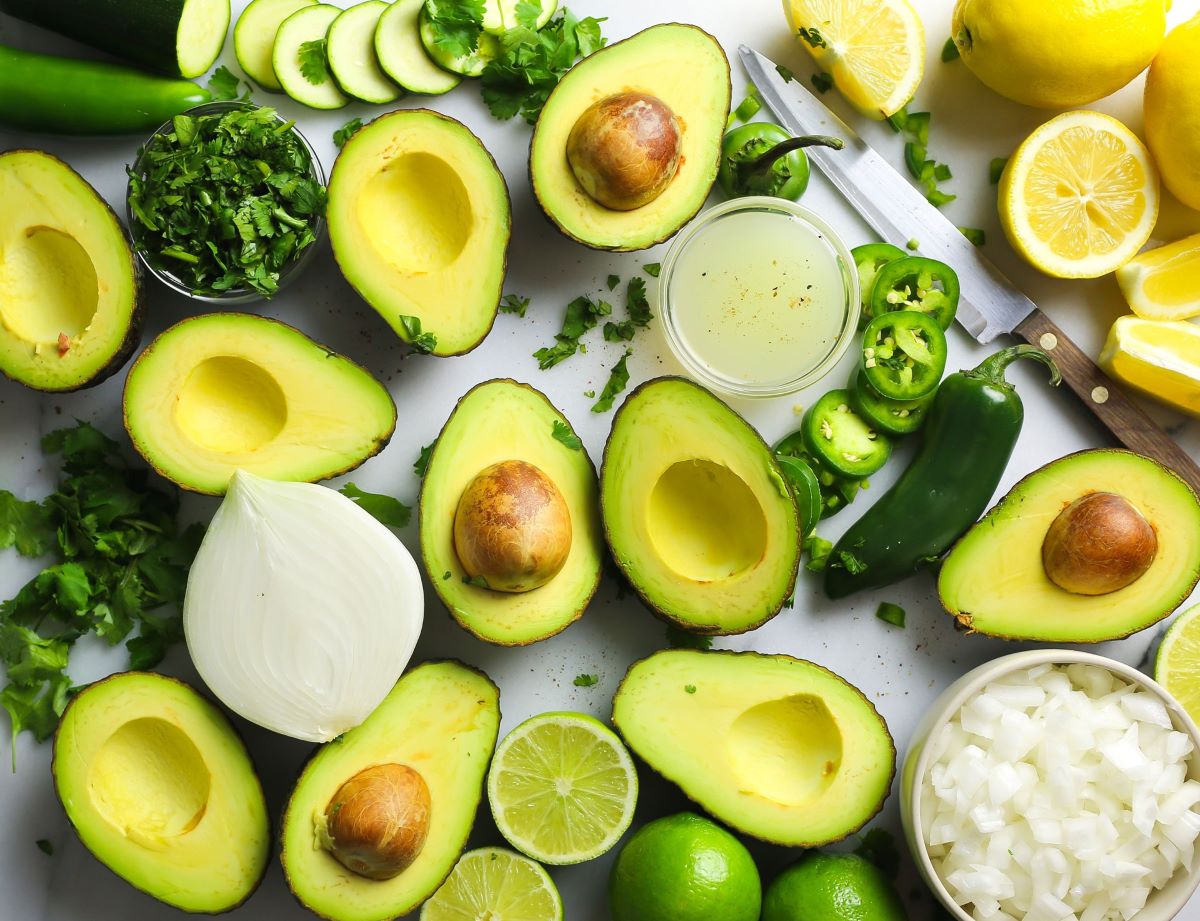
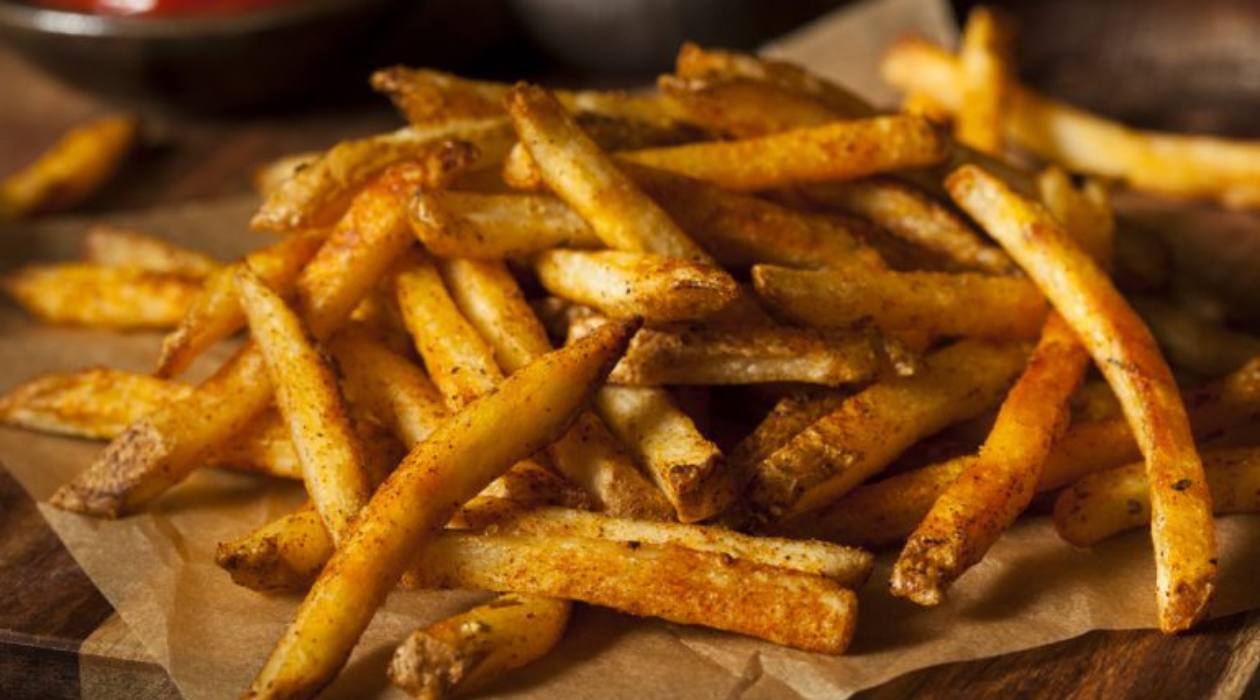
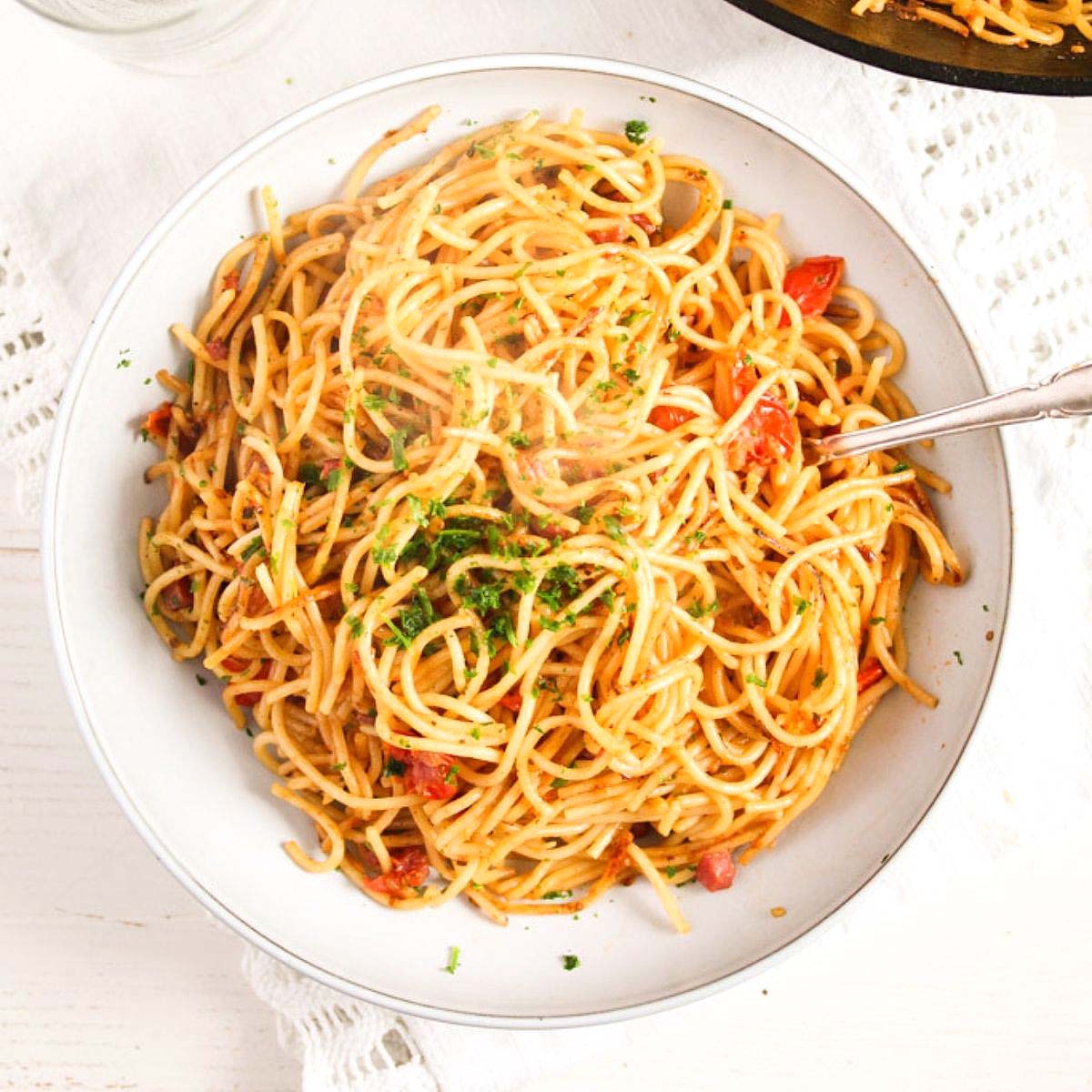
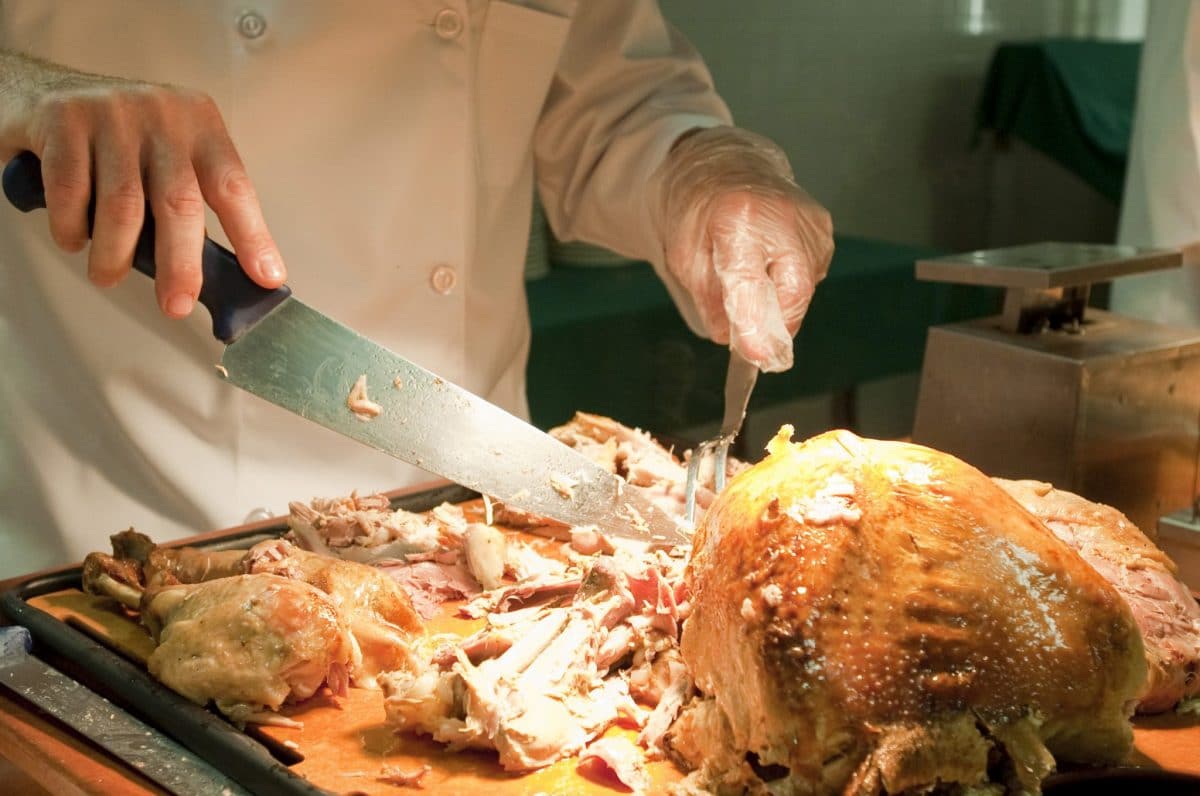
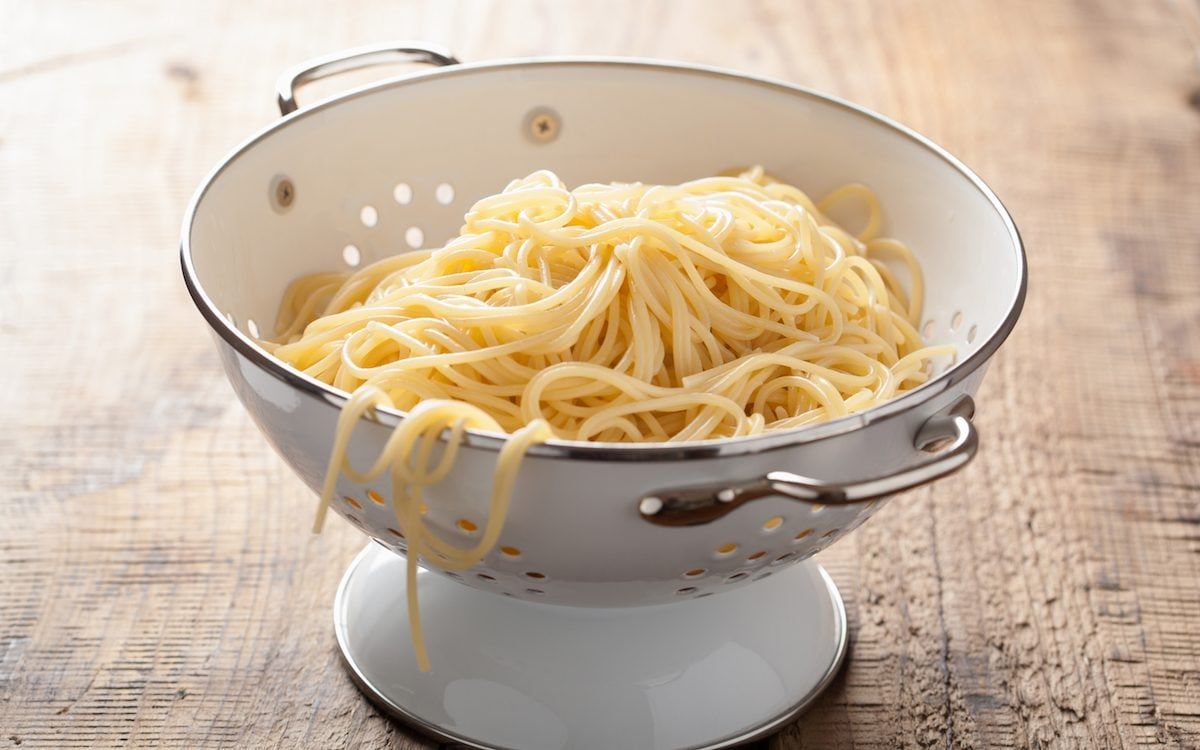
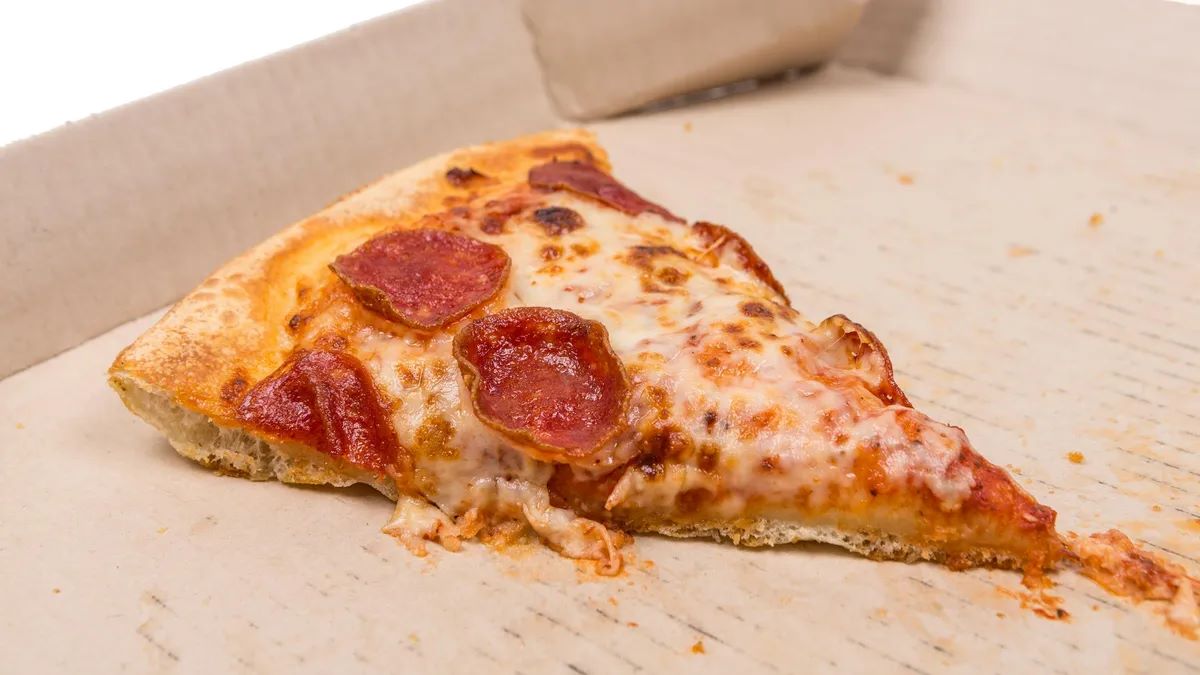
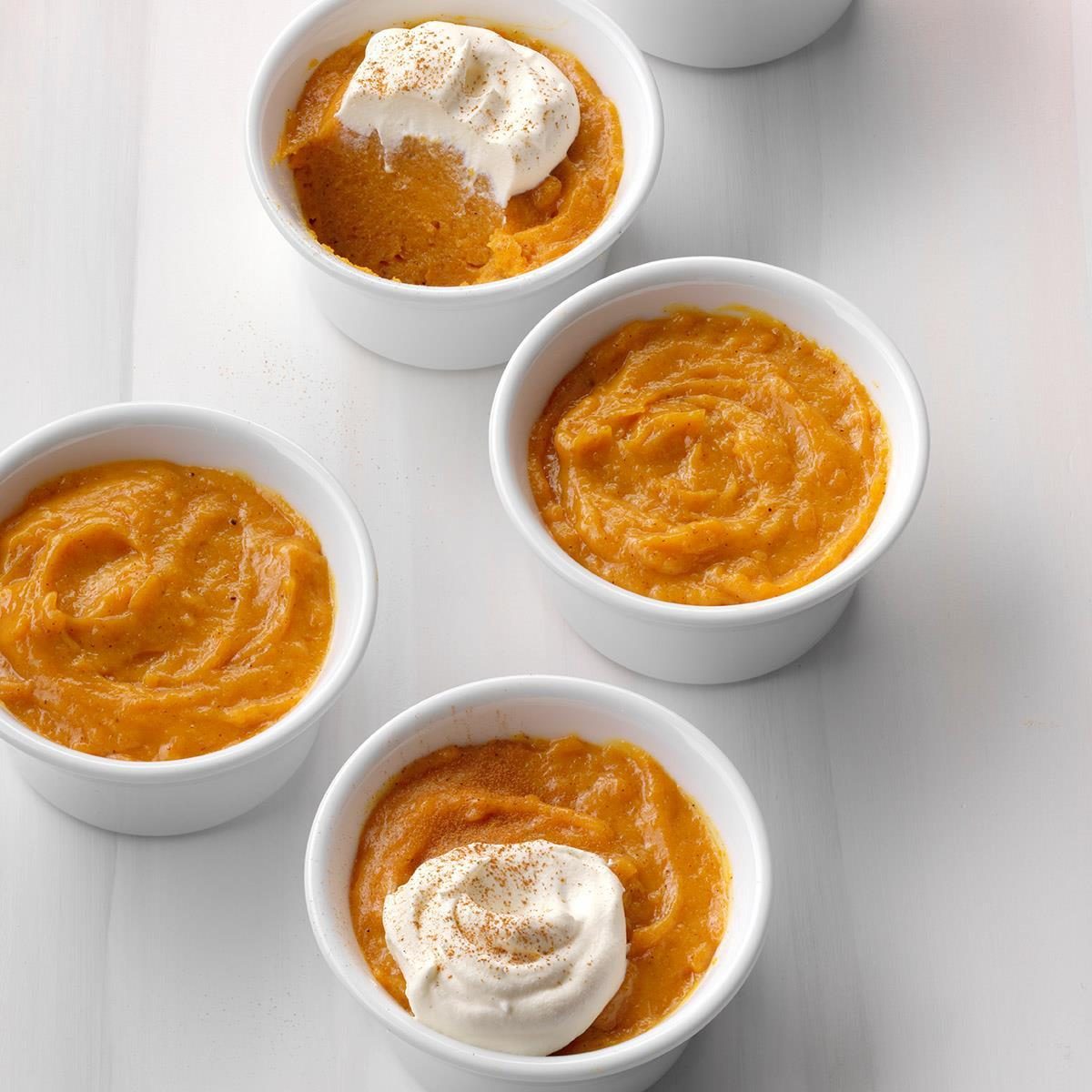

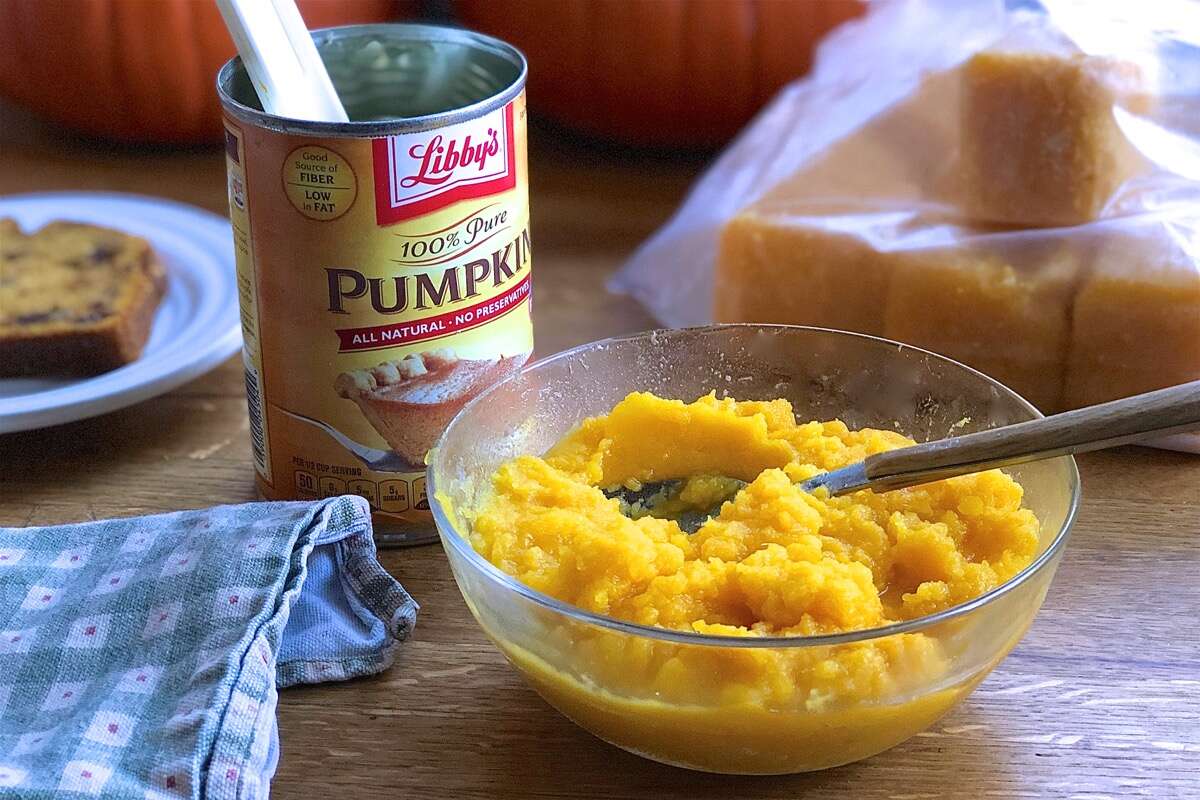
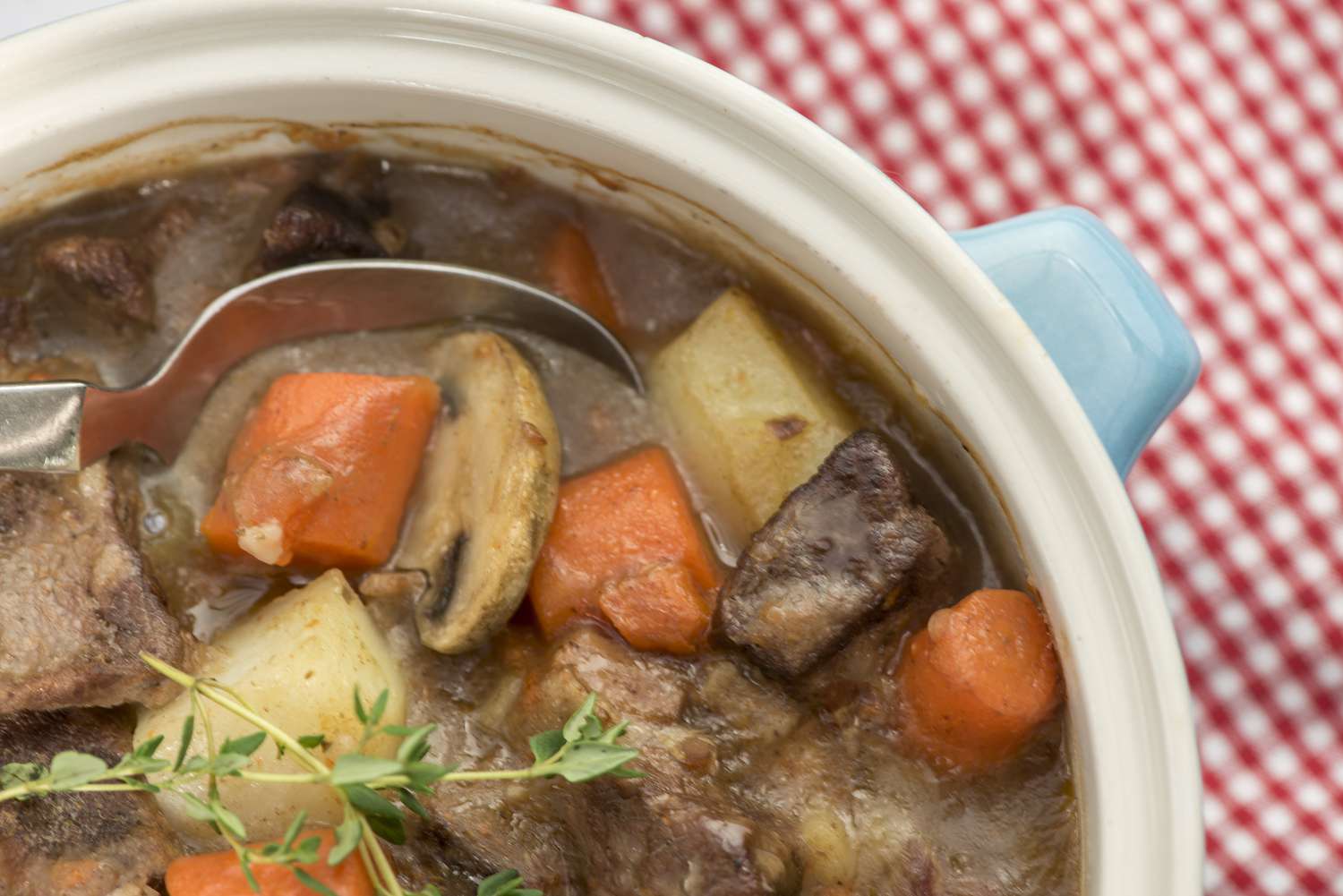
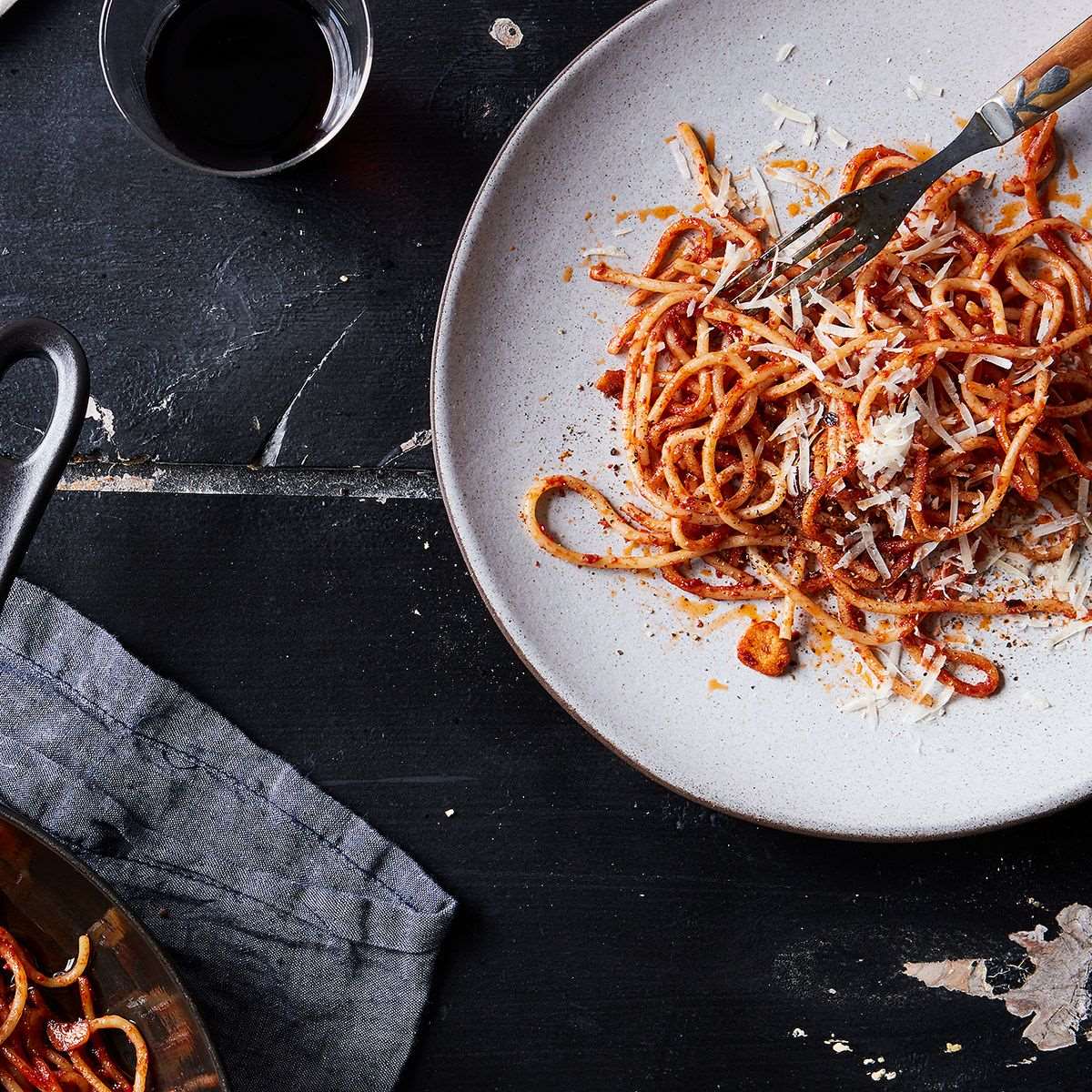
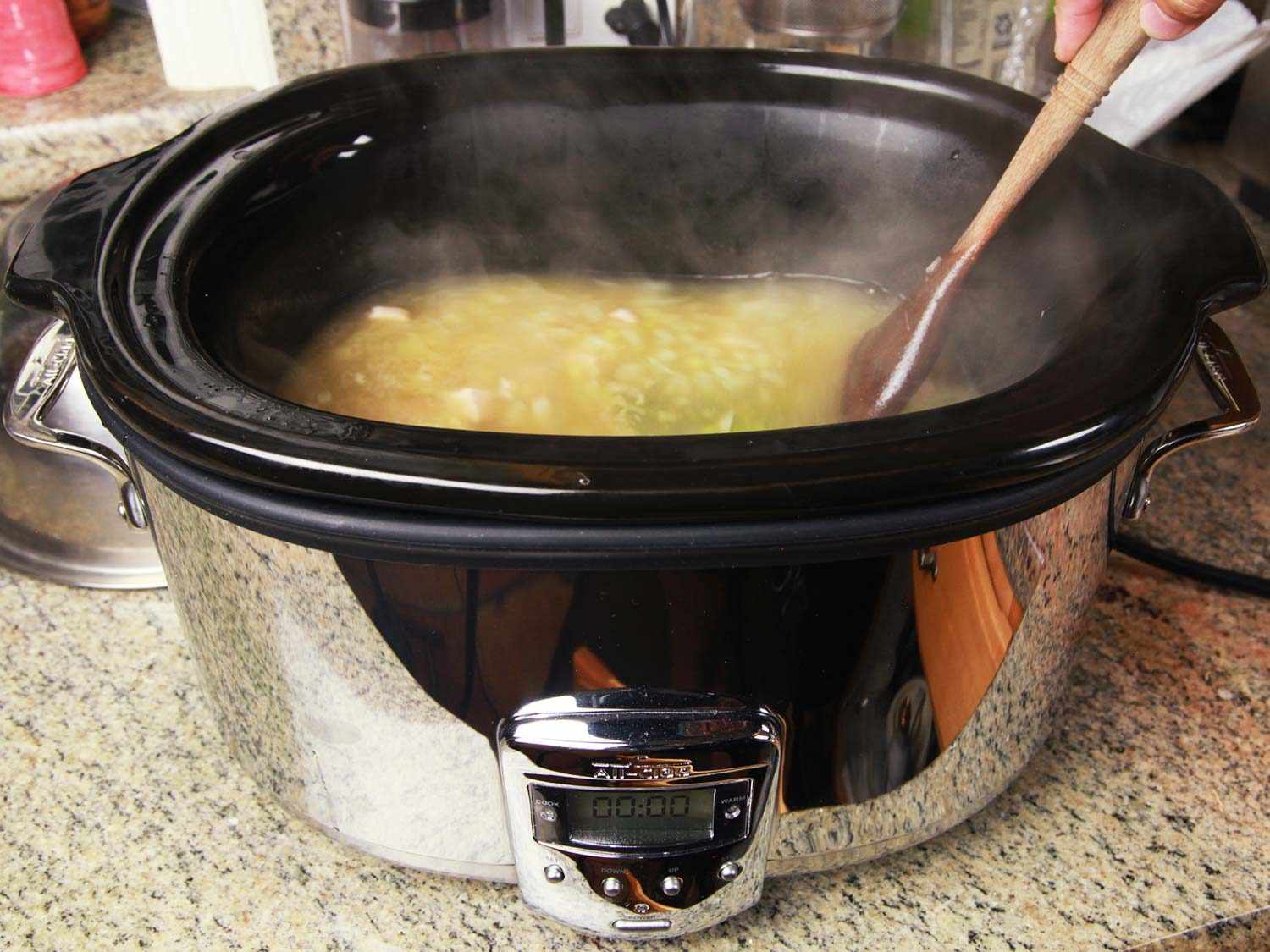



0 thoughts on “How To Store Leftover Chinese Food”